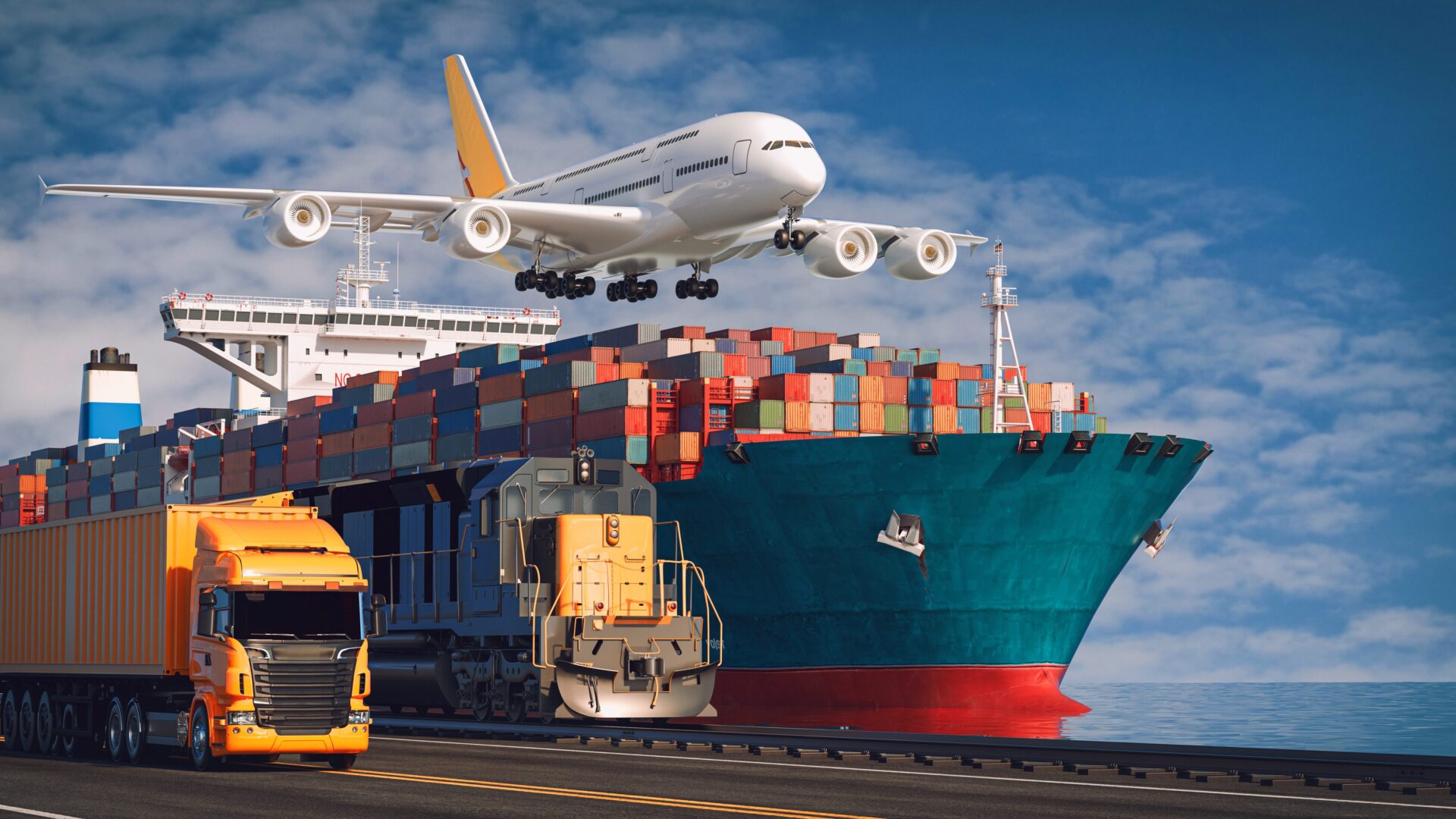documents required for transshipping from China to USA
Transshipment is the process of transferring goods from one vessel or vehicle to another, usually at an intermediate port or point, before reaching the final destination. Transshipment can be a cost-effective and efficient way of transporting goods across long distances, especially when using different modes of transport. However, transshipment also involves complex procedures and regulations that require proper documentation to ensure compliance and avoid delays or penalties.
Importance of Proper Documentation in the Transshipment Process

Proper documentation is essential for any international trade transaction, but especially for transshipment, as it involves multiple parties, locations, and modes of transport. Documentation serves several purposes in the transshipment process, such as:
- Providing proof of ownership, origin, value, and quantity of the goods
- Facilitating the clearance of goods by customs authorities at each point of entry and exit
- Enabling the tracking and tracing of goods throughout the supply chain
- Ensuring the safety and security of the goods and the transport vehicles
- Supporting the settlement of disputes or claims in case of damage, loss, or theft of the goods
Required Documents for Transshipment from China to the USA
The specific documents required for transshipment from China to the USA may vary depending on the type, value, and destination of the goods, as well as the mode and route of transport. However, some of the common documents that are usually required are:
documents required for transshipping from China to USA
- Bill of Lading: This is the most important document for transshipment, as it serves as a contract of carriage, a receipt of goods, and a document of title. The bill of lading contains information such as the name and address of the shipper, consignee, and notify party, the description and quantity of the goods, the name and number of the vessel, the port of loading and discharge, and the terms and conditions of the carriage. The bill of lading can be issued by the carrier or the freight forwarder, and can be negotiable or non-negotiable, depending on the type of shipment. For transshipment, the bill of lading should indicate the intermediate and final destinations of the goods, as well as the name and number of the transshipment vessel.
- Commercial Invoice: This is a document that shows the value and price of the goods, as well as the terms and conditions of the sale. The commercial invoice is used by the customs authorities to assess the duties and taxes applicable to the goods, as well as to verify the origin and value of the goods. The commercial invoice should include information such as the name and address of the seller and buyer, the date and number of the invoice, the description and quantity of the goods, the unit and total price of the goods, the currency and method of payment, the incoterms, and the signature of the seller or authorized agent.
- Packing List: This is a document that shows the details of the packing and contents of the goods, such as the number and type of packages, the weight and dimensions of each package, the marks and numbers of each package, and the description and quantity of the goods in each package. The packing list is used by the customs authorities, the carrier, and the consignee to check the condition and quantity of the goods, as well as to facilitate the loading, unloading, and handling of the goods. The packing list should be consistent with the bill of lading and the commercial invoice, and should be attached to the outside of each package.
- Customs Documentation and Regulations for Transshipment: In addition to the above documents, transshipment from China to the USA may also require other customs documents and compliance with certain regulations, depending on the nature and destination of the goods. For example, some of the customs documents that may be required are:
- Export Declaration: This is a document that shows the details of the goods that are being exported from China, such as the name and address of the exporter, the description and value of the goods, the destination and mode of transport, and the export license or permit. The export declaration is used by the Chinese customs authorities to monitor and control the export of goods, as well as to collect statistical data. The export declaration should be submitted to the customs office at the port of departure before the goods are loaded onto the vessel or vehicle.
- Import Declaration: This is a document that shows the details of the goods that are being imported into the USA, such as the name and address of the importer, the description and value of the goods, the origin and mode of transport, and the import license or permit. The import declaration is used by the US customs authorities to clear and release the goods, as well as to collect duties and taxes. The import declaration should be submitted to the customs office at the port of arrival before the goods are unloaded from the vessel or vehicle.
- Transit Declaration: This is a document that shows the details of the goods that are being transshipped through a third country or region, such as the name and address of the transshipper, the description and value of the goods, the origin and destination of the goods, and the transshipment license or permit. The transit declaration is used by the customs authorities of the intermediate country or region to grant permission and facilitate the movement of the goods, as well as to ensure the security and integrity of the goods. The transit declaration should be submitted to the customs office at the port of transshipment before the goods are transferred to the transshipment vessel or vehicle.
- Customs Bond: This is a guarantee that the importer or transshipper will comply with the customs laws and regulations, and will pay the duties and taxes due on the goods. A customs bond may be required by the US customs authorities for certain types of goods or shipments, such as high-value goods, restricted goods, or goods that are subject to antidumping or countervailing duties. A customs bond can be obtained from a customs broker or a surety company, and can be either a single-entry bond or a continuous bond, depending on the frequency and volume of the shipments.
- Customs Inspection: This is a process of examining the goods and the documents by the customs authorities to verify the accuracy and compliance of the information and the condition and quantity of the goods. A customs inspection may be conducted by the customs authorities of any country or region involved in the transshipment process, such as China, the USA, or the intermediate country or region. A customs inspection may be random or targeted, depending on the risk and profile of the goods or the shipment. A customs inspection may result in the release, detention, seizure, or forfeiture of the goods, depending on the findings and outcomes of the inspection.
- Customs Duty: This is a tax that is levied on the goods that are imported into or transshipped through a country or region, based on the value, quantity, or classification of the goods. A customs duty may be imposed by the customs authorities of any country or region involved in the transshipment process, such as China, the USA, or the intermediate country or region. A customs duty may vary depending on the origin, destination, and type of the goods, as well as the trade agreements and preferential schemes that may apply to the goods or the shipment. A customs duty may be paid by the importer, the exporter, or the transshipper, depending on the terms and conditions of the sale and the carriage.
Other Necessary Documents for a Successful Transshipment

Besides the above documents, there may be other documents that are necessary or advisable for a successful transshipment from China to the USA, depending on the specific circumstances and requirements of the goods or the shipment. Some of these documents are:
documents required for transshipping from China to USA
- Certificate of Origin: This is a document that shows the country or region where the goods were produced or manufactured, and may be required by the customs authorities or the consignee to determine the eligibility of the goods for certain trade agreements or preferential schemes, such as the Generalized System of Preferences (GSP) or the Free Trade Agreement (FTA).
- Certificate of Quality: This is a document that shows the quality or standard of the goods, and may be required by the customs authorities or the consignee to ensure the conformity and compliance of the goods with the specifications and regulations of the destination country or region, such as the Food and Drug Administration (FDA) or the Environmental Protection Agency (EPA).
- Certificate of Insurance: This is a document that shows the coverage and compensation of the goods in case of damage, loss, or theft during the transshipment process, and may be required by the customs authorities or the consignee to protect the interests and liabilities of the parties involved in the transshipment process, such as the shipper, the carrier, or the freight forwarder.
- Letter of Credit: This is a document that shows the payment and delivery terms and conditions of the goods, and may be required by the customs authorities or the consignee to facilitate the settlement and security of the transaction, especially for high-value or high-risk goods or shipments. A letter of credit is issued by a bank or a financial institution, and can be either irrevocable or revocable, depending on the degree of guarantee and flexibility of the document.
Contact Us Now
documents required for transshipping from China to USA





